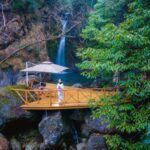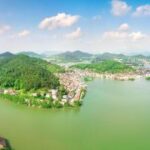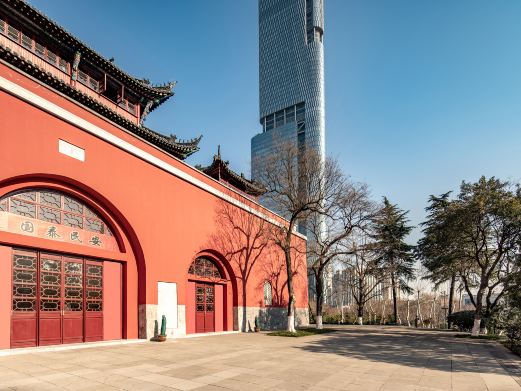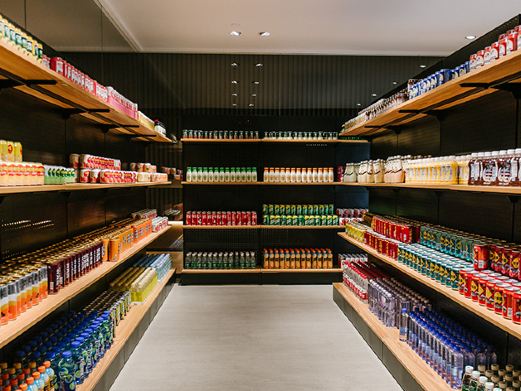The Nanjing Yangtze River Bridge is a landmark of Nanjing city, spanning the Yangtze River with its southern end in Gulou District and the northern end in Pukou District, constructed in the 1960s. Before the bridge was built, travelers had to rely on ferries to cross the river, and trains used wheel ferries. After its opening in 1968, it greatly facilitated transportation between the north and south banks. The Nanjing Yangtze River Bridge is the third bridge to span the Yangtze River, following the Wuhan Yangtze River Bridge and Chongqing Baishatuo Yangtze River Bridge, and it is also the first bridge over the Yangtze River entirely constructed by the Chinese, earning the nickname ‘Bridge of Pride’. The bridge has approach bridges on both the south and north, with the main bridge spanning 1576 meters and consisting of two levels. The upper level is a highway bridge, capable of accommodating four large vehicles side by side, with pedestrian walkways over two meters wide on either side. The lower level is a railway bridge, with double tracks allowing two trains to pass each other simultaneously, and the crisscrossing steel rebar forms the railing of the railway bridge. There are four bridgeheads on each side of the bridge, totaling eight. Each side has two large bridgeheads and two small ones. The large bridgehead towers are 70 meters high, topped with a ‘Three Red Flags’ statue. The small bridgehead towers are over 10 meters high, with parts protruding above the highway bridge featuring statues of ‘Workers, Peasants, Soldiers, Students, and Merchants’.
When driving a car or taking a train over the Nanjing Yangtze River Bridge, one can appreciate the grandeur of the bridge. For those wishing to walk onto the bridge, there are two methods. One can walk up the approach bridge from either the south or the north. The southern access point is near the Bridge Hotel on Daqiao South Road, and the northern access point is near Haide Bei’an City. Although the approach bridges are quite long and tiring to walk, this method allows for free access to the bridge. Another option is to pay 15 yuan to enter the Bridge Park (Nanpu Park) under the bridge on the south bank, take the bridgehead tower elevator to the highway bridge level, and then proceed to the observation deck at the top of the bridgehead tower. However, only the southern bridgehead tower allows access to the bridge; the northern one is closed. Walking from one bridgehead tower to the other takes approximately 30 minutes to 1 hour, during which one can see about 200 reliefs depicting the country’s scenery and achievements of the time, inlaid on both sides of the highway bridge railings. Feeling the rumble of trains passing beneath your feet, watching the busy traffic on the bridge, and observing the ships on the Yangtze River below. On a clear day, one can gaze southward to see the cityscape of Nanjing, including Lion Mountain, the Reading the River Pavilion, the Zifeng Tower, and the Jiangsu Radio and Television Tower (Zijin Tower). The sunrise and sunset over the Yangtze River are particularly magnificent. At night, thousands of streetlights on the bridge light up like a string of night pearls along the Yangtze. However, for those wishing to watch the sunrise in the morning or the night view in the evening, the bridgehead tower elevator may not be operational, requiring one to walk up the approach bridge; or simply enjoying the view from beneath the bridge, which is also quite impressive.Opening hours: Open all day throughout the year. The specific business status is subject to the opening situation on that day.
Must-see tips: 1. The Nanjing Yangtze River Bridge prohibits the passage of buses with 10 seats (including) or more throughout the day, except for buses and self-provided commuter shuttle buses (including chartered commuter vehicles) with Nanjing license plates of enterprises and institutions that have obtained passes. After the ban, vehicles can detour through bridges such as the Second Nanjing Yangtze River Bridge and the Third Nanjing Yangtze River Bridge. 2. There are many vehicles passing on both sides of the bridge. Be careful when walking on the bridge.








